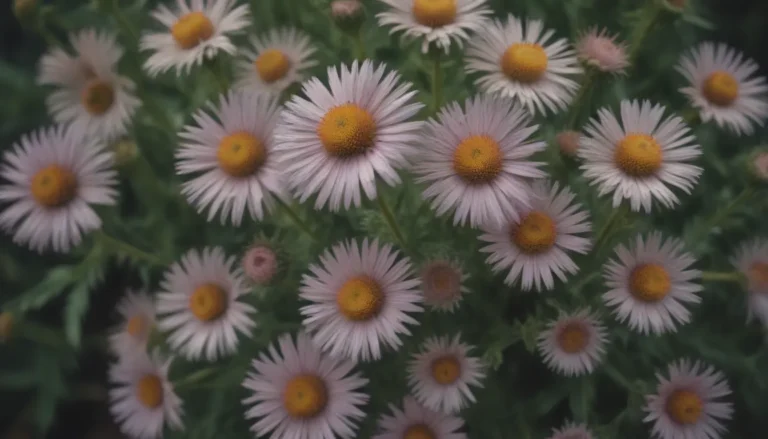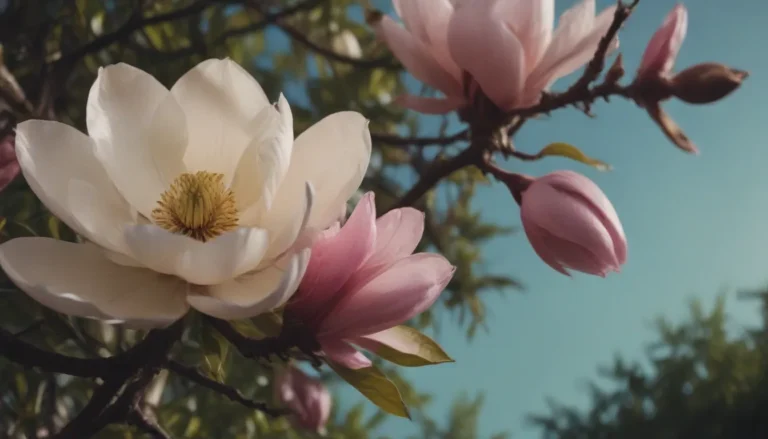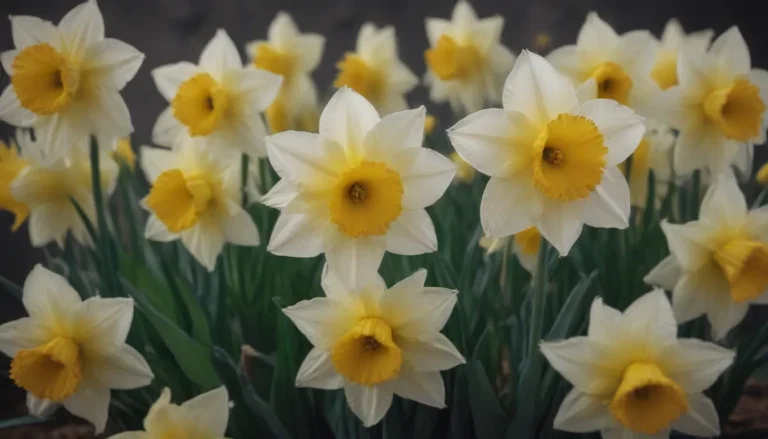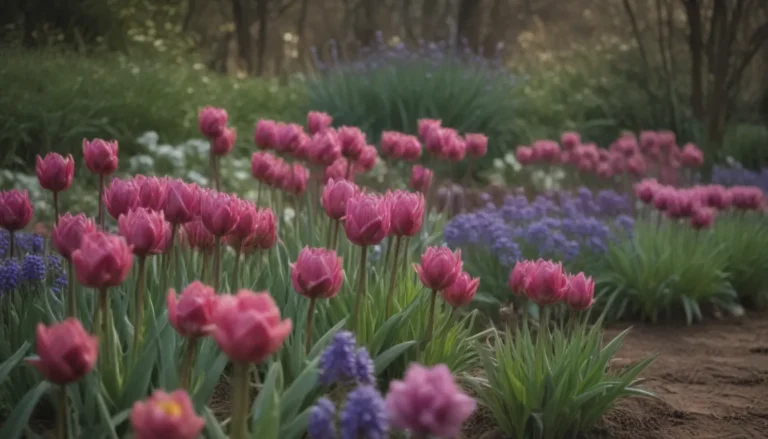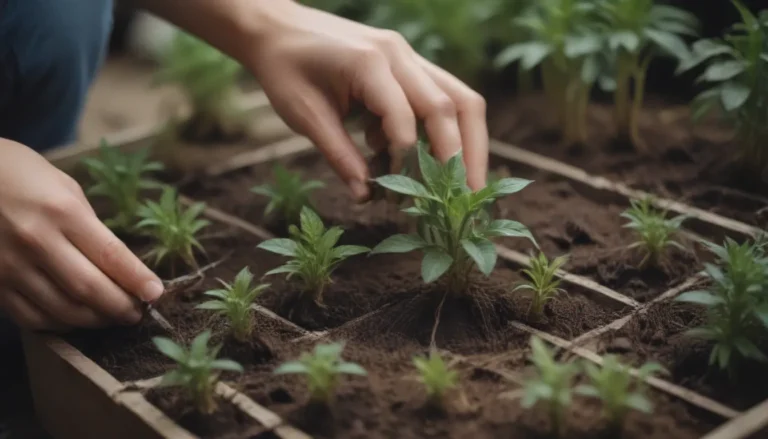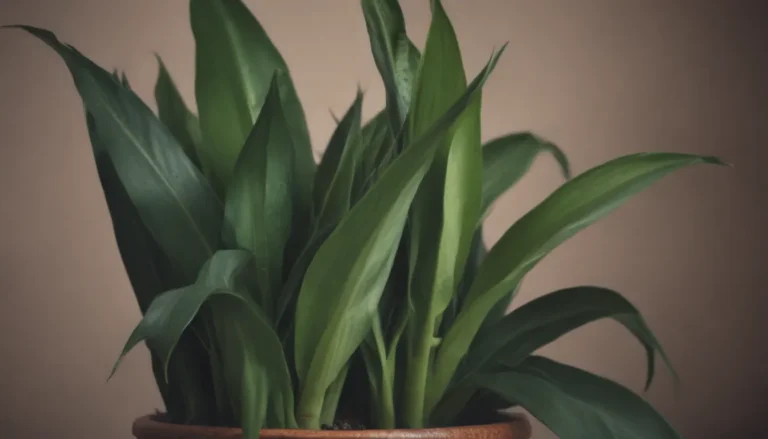Ultimate Guide: How to Grow and Care for Kalanchoe Plants
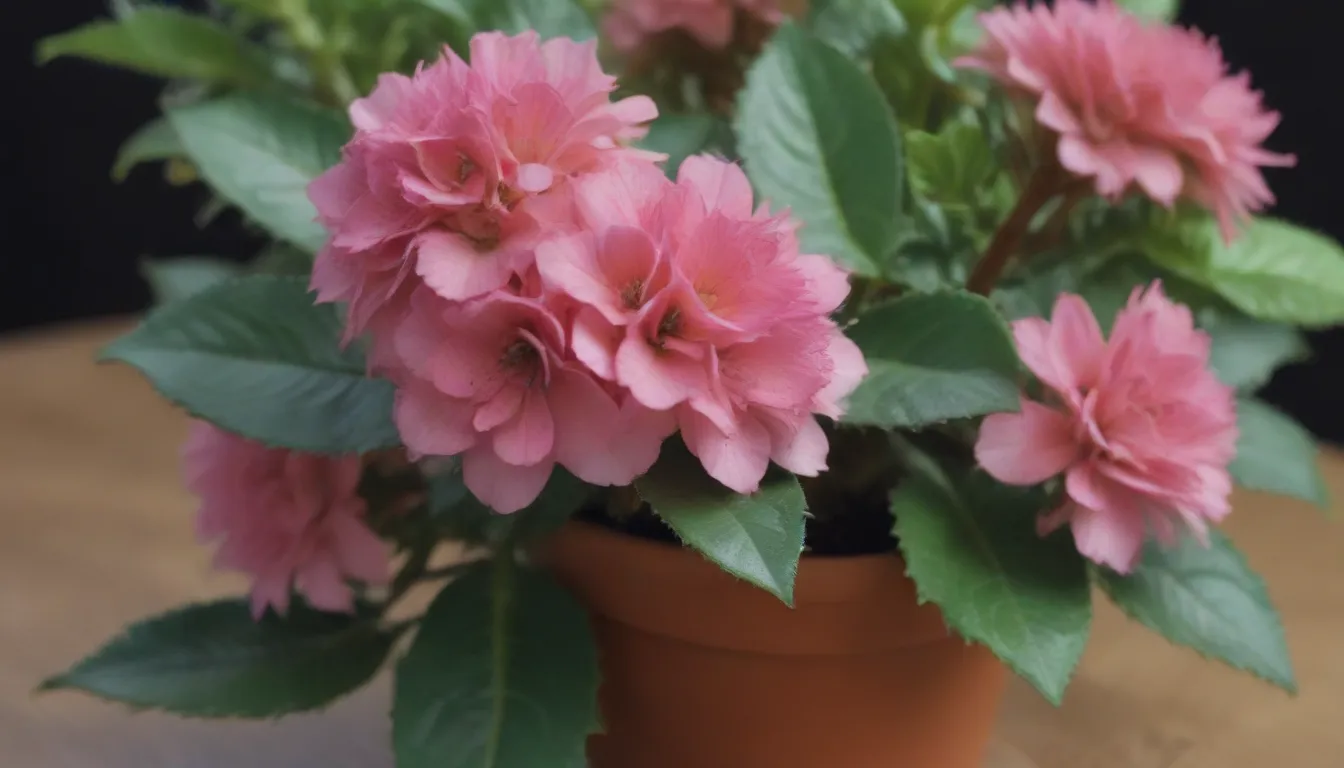
If you’re looking to add a touch of color and greenery to your indoor or outdoor space, kalanchoe plants are a fantastic option. With over 100 species native to Madagascar, kalanchoe plants are known for their succulent leaves and vibrant flowers. In this comprehensive guide, we will explore everything you need to know about growing and caring for kalanchoe plants to help you create a thriving and beautiful garden.
Introduction to Kalanchoe Plants
Kalanchoe plants come in a variety of species, but one of the most popular houseplants is Kalanchoe blossfeldiana, known for its clusters of colorful flowers in shades of red, pink, yellow, orange, and white. These plants are not only visually appealing but are also drought-tolerant and easy to grow, making them a favorite among plant enthusiasts.
Quick Facts about Kalanchoe Plants:
– Native to Madagascar
– Known for their succulent, oval-shaped leaves
– Popular houseplant species: Kalanchoe blossfeldiana
Kalanchoe Care Tips
Caring for kalanchoe plants is simple as long as you provide them with the right conditions and a little bit of attention. Here are some essential care tips to help your kalanchoe plants thrive:
Light
- Kalanchoe plants grown indoors thrive in bright, indirect light.
- Outdoor kalanchoes should be planted in partial shade to full sun, with some protection from harsh afternoon sunlight.
- Leggy stems indicate a lack of light, so make sure your plant is receiving adequate sunlight.
Soil
- Outdoor kalanchoe plants do best in well-draining, loamy or sandy soil.
- Indoor plants should be potted in a porous blend, such as a mix of potting soil and cactus mix or potting soil and perlite.
- Use a clay pot to ensure proper drainage and prevent root rot.
Water
- Kalanchoe plants require minimal water, only needing to be saturated every few weeks.
- Allow the soil to dry out completely between waterings to prevent overwatering and root rot.
Temperature and Humidity
- Kalanchoe plants thrive in temperatures between 55°F and 80°F.
- They are not fussy about humidity levels but prefer a moderate environment.
- Protect outdoor kalanchoes from frost, as they are not cold-hardy plants.
Fertilizer
- Kalanchoe plants benefit from occasional fertilization, especially during their growth periods.
- Use a well-balanced fertilizer blend once a month during the spring and summer, but avoid fertilizing in winter.
- If flowering is scarce, switch to a fertilizer higher in phosphorus to encourage blooming.
Growth Rate
- Kalanchoe plants are generally slow-growing and can take between two to five years to reach maturity.
- Different species have varying growth rates, with some reaching up to 6 feet tall indoors.
- Outdoor kalanchoes tend to grow more rapidly due to brighter conditions.
For more expert gardening tips and exclusive information, sign up for our free gardening newsletter for all the best-growing advice and troubleshooting hacks!
Types of Kalanchoe Plants
Explore the wide array of kalanchoe species to add diversity to your plant collection. Here are some popular types of kalanchoe plants to consider:
- K. manginii
- Kalanchoe daigremontiana
- K. porphyrocalyx
- Kalanchoe delagoensis
- K. beharensis
- Kalanchoe luciae
- K. pinnata
- Kalanchoe tomentosa
Pruning and Propagating Kalanchoe Plants
To ensure your kalanchoe plants maintain their shape and health, regular pruning and propagating are essential. Follow these tips to keep your plants looking their best:
Pruning
- Pinch back the stems of your kalanchoe plant to promote bushier growth and more robust blooming.
- Remove any dead flowers during the plant’s resting period in late winter or early spring.
Propagating
- Prune and propagate offsets to allow the mother plant to thrive and produce more plants.
- You can also take stem cuttings to propagate new kalanchoe plants easily.
Potting and Repotting
- Repot your kalanchoe annually in the fall after blooming to encourage new growth.
- Increase the pot size gradually with each repotting to promote healthy root growth and plant development.
- Use a well-draining potting mix and opt for clay pots to prevent waterlogging.
Overwintering Kalanchoe Plants
In colder climates, overwintering your kalanchoe plants is essential to protect them from frost and cold temperatures. Follow these tips to ensure your plants survive the winter months:
- Transition indoor kalanchoes outdoors when the nighttime temperatures are above 60°F.
- Bring them back inside when temperatures drop below 55°F to prevent frost damage.
- Provide bright, indirect light during the winter months, and water sparingly to prevent overwatering.
How to Get Kalanchoe Plants to Bloom
Achieving a burst of colorful blooms on your kalanchoe plants is an exciting experience. Follow these tips to encourage more blooms and vibrant flowers:
Keeping Kalanchoe Blooming
- Ensure your plant receives at least 6 to 8 hours of bright light daily for optimal blooming.
- Provide a 14-hour period of darkness each day during the fall and winter to promote flower bud development.
- Use a fertilizer high in phosphorus to encourage more blooms if needed.
Encouraging More Blooms
- Deadhead spent flowers to promote continuous blooming.
- Control the plant’s exposure to light to regulate its blooming cycle effectively.
Necessary Supplies for Blooming
- Grow light
- Good pruners
- High phosphorus fertilizer blend
Common Problems and Solutions for Kalanchoe Plants
Despite being low-maintenance, kalanchoe plants can encounter issues if not cared for properly. Here are some common problems and solutions to help your plants thrive:
Soft, Damaged Blooms and Leaves
- Keep your plants above 50°F to prevent cold damage.
- Provide adequate protection from harsh weather conditions.
Wilting Leaves
- Maintain temperatures below 80°F to prevent leaf wilting.
- Ensure proper airflow and light exposure for healthy growth.
Drab or Burned Leaves
- Adjust the light exposure to prevent burning or discoloration.
- Find a balance between bright indirect light and direct sunlight for optimal growth.
Soft, Fragile Stems
- Avoid overwatering to prevent root and stem rot.
- Allow the soil to dry out between waterings to promote healthy root growth.
Failure to Bloom
- Provide a 14-hour period of darkness each night during the winter for proper bloom cycle reset.
- Ensure the plant receives adequate light and water to support blooming.
With the right care and attention, your kalanchoe plants will reward you with vibrant blooms and lush foliage, adding beauty to your home or garden. Whether you’re a seasoned gardener or a beginner plant enthusiast, kalanchoe plants are a fantastic addition to any collection.
Remember: Kalanchoe plants are toxic to cats and dogs, so ensure they are kept out of reach of your furry friends.
Now that you have a comprehensive understanding of how to grow and care for kalanchoe plants, it’s time to put your knowledge into practice and watch your plants thrive and bloom. Enjoy the process of nurturing your kalanchoe plants and creating a vibrant and colorful garden oasis in your home!
Happy gardening!
References:
– The Spruce
– ASPCA
– Missouri Botanical Garden
